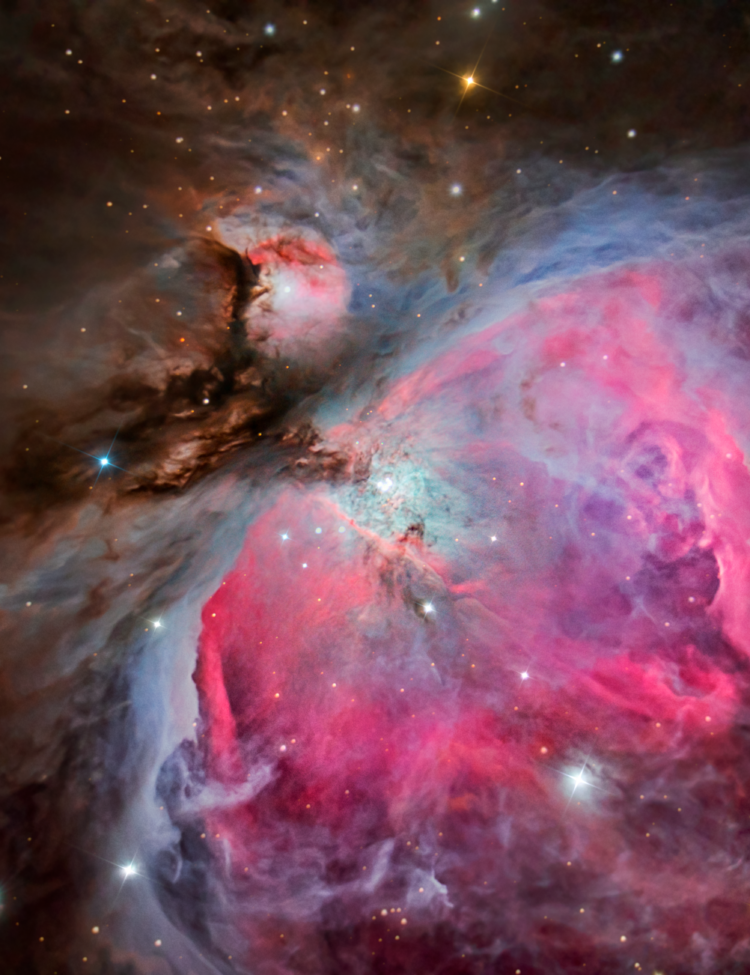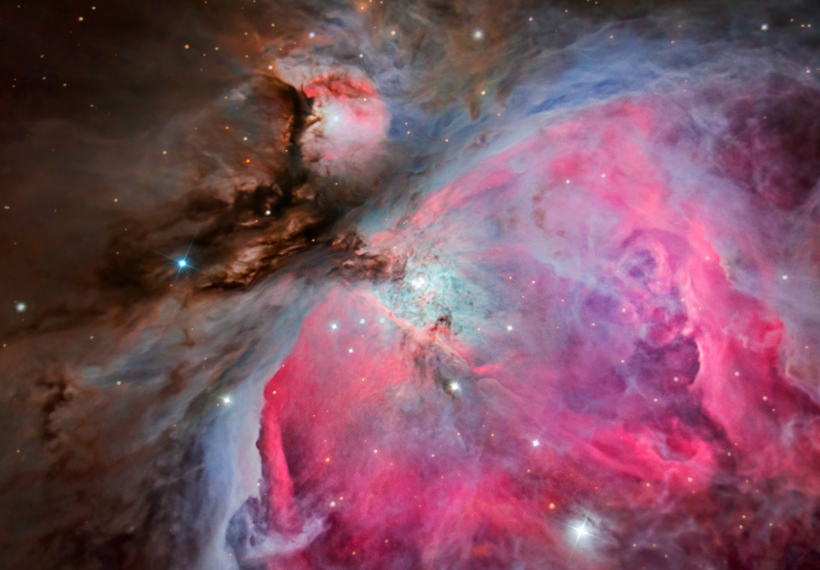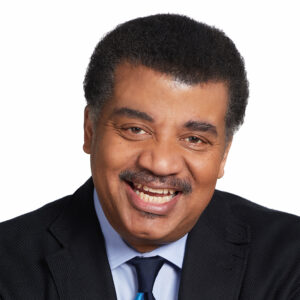About This Episode
What happens to quarks during spaghettification? Neil deGrasse Tyson and comedian Chuck Nice answer fan questions about positrons, how we got the speed of light, where the Big Bang took place, and more!
How is the age of the universe quantifiable in Earth years? A patron asks about best practices when reaching out to physicists. Why are the origins of the universe still a mystery? Could our whole universe be inside a black hole?
Could a photon from its frame of reference see galaxies beyond our horizon? What would it be like on a planet surrounded by black holes? Learn about the dispersion of matter during the Big Bang and what happened to the place where the Big Bang occurred. We discuss the power to reorganize atoms and how to determine a planet’s north and south poles using the Right-Hand Rule.
What are some examples of energy becoming matter in our universe? Learn about positrons, thermonuclear fusion, and the moment energy became matter during the Big Bang. We break down how we got the speed of light and Ole Rømer’s observations of Jupiter’s moons.
Thanks to our Patrons Eternal Sunshine, LLC, Arthur Brown, James Turner, Taygen Mercier, Bayley, Aaron, and Pete Sherburne for supporting us this week.
NOTE: StarTalk+ Patrons can listen to this entire episode commercial-free.




 Unlock with Patreon
Unlock with Patreon

 Become a Patron
Become a Patron